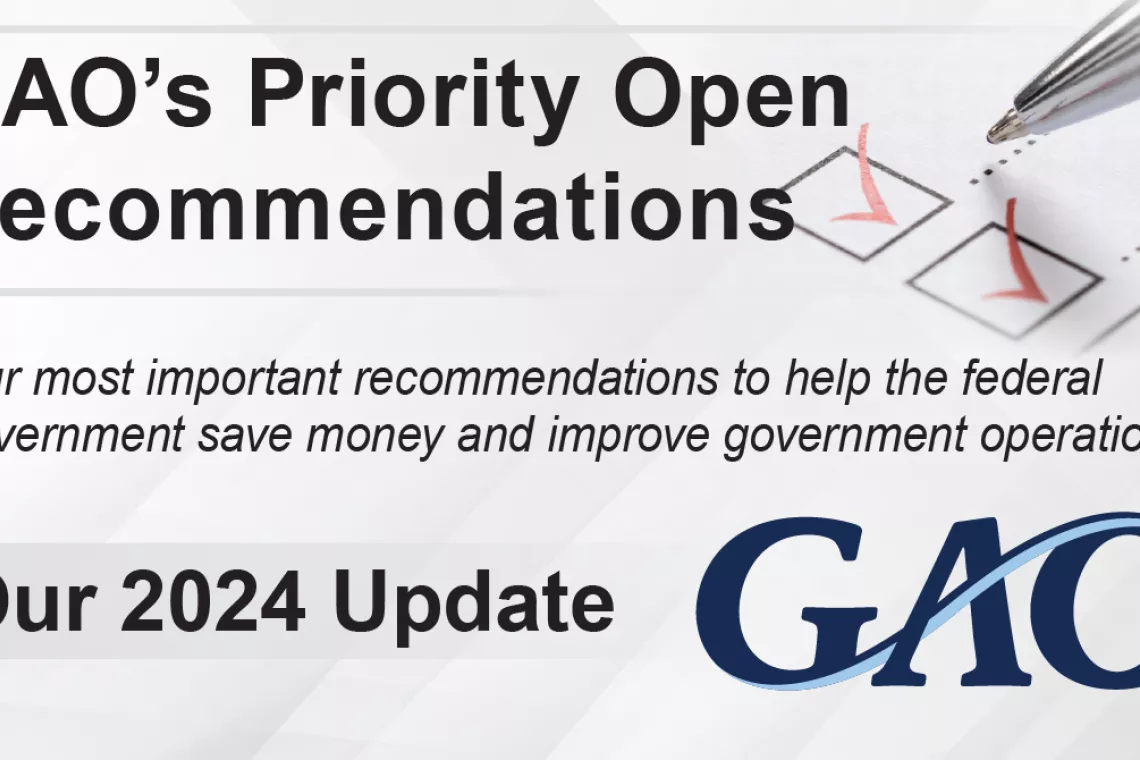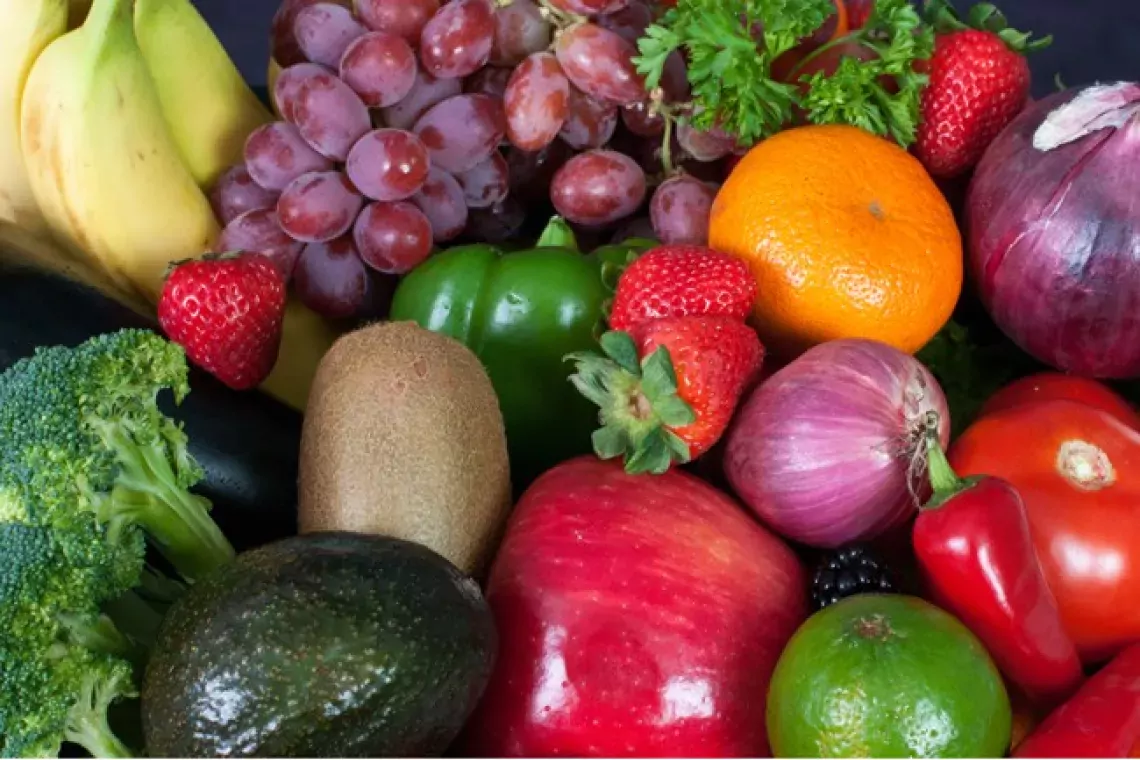Food Safety and Nutrition, from Farm to Fork
While the U.S. food supply is generally considered safe, foodborne illness is a serious concern. Every year, millions of Americans experience food poisoning from tainted foods. More than 120,000 land in the hospital, and thousands die.
The Food and Drug Administration oversees the safety of about 80% of the nation’s food supply and promotes good nutrition. Today’s WatchBlog explores our recent report on FDA’s food safety- and nutrition-related activities.
FDA gets proactive
To address foodborne illness, a common and costly—but largely preventable—problem, legislation enacted in 2011 shifted FDA’s focus from responding to foodborne illnesses to proactively preventing food contamination. The FDA Food Safety Modernization Act gave the agency more authority to regulate food production from farm to fork and enforce compliance with food safety standards. For example, FDA is now able to order mandatory recalls of contaminated products.
What is FDA doing?
We reviewed what FDA has done since 2011 to address food safety and nutrition. In addition to publishing numerous key regulations and guidance documents that focus mostly on food safety, FDA staff also:
- conducted inspections,
- developed tools to assess the risk of contamination that may lead to foodborne illness,
- responded to outbreaks of such illness, and
- conducted outreach to the food industry and the public.
How well is FDA doing?
We also looked at how FDA decided what actions to prioritize and where to allocate resources, and at how well it set goals and measured progress. We found that while the agency has set eight goals for the program primarily responsible for food safety-related activities, it hasn’t developed the performance measures needed to evaluate progress toward three of those goals. In addition, although FDA has done some planning for the food safety program for the current fiscal year, it hasn’t developed the specifics it needs to implement the program’s 10-year strategic plan.
Agency officials told us they are working to develop the performance measures and the specifics FDA needs to flesh out its strategic plan. But until FDA completes them, it can’t fully assess its progress toward achieving its goals or make sure it is appropriately prioritizing and planning what it needs to do.
Read about our findings and recommendations in our recent report, or get a bigger picture of our food safety work on our high risk list.
- Comments on GAO’s WatchBlog? Contact blog@gao.gov.
GAO Contacts
Related Products

GAO's mission is to provide Congress with fact-based, nonpartisan information that can help improve federal government performance and ensure accountability for the benefit of the American people. GAO launched its WatchBlog in January, 2014, as part of its continuing effort to reach its audiences—Congress and the American people—where they are currently looking for information.
The blog format allows GAO to provide a little more context about its work than it can offer on its other social media platforms. Posts will tie GAO work to current events and the news; show how GAO’s work is affecting agencies or legislation; highlight reports, testimonies, and issue areas where GAO does work; and provide information about GAO itself, among other things.
Please send any feedback on GAO's WatchBlog to blog@gao.gov.





